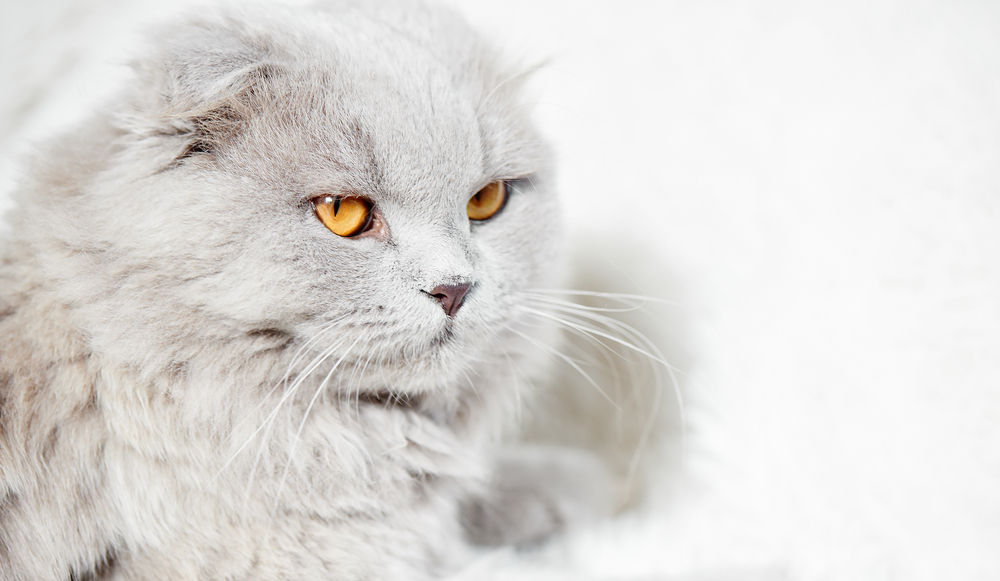Why Your Cat’s Whiskers Matter: Understanding and Treating Whisker Fatigue
What is Whisker Fatigue?
Whisker fatigue, or whisker stress, describes a condition in which a cat’s whiskers become sensitive or sore due to excessive stimulation.
Whisker stress can be caused primarily by eating from bowls or plates that are too small and crowd the cat’s whiskers during meals. It can also be caused by constantly touching or brushing your cat’s whiskers, or when your cat has to navigate through tight spaces in the home.
While whisker fatigue is not a life-threatening condition, it can cause your cat discomfort and stress and can even affect their eating habits and overall attitude.
What are Whiskers and Why Do Cats Have Them?
Whiskers are specialized hairs that are found on the face, paws, and tail of many animals, including cats. They are primarily used for navigation and to help the cat sense its surroundings. The whiskers on a cat’s face are longer and thicker than the hairs on the rest of its body, and are deeply embedded in the skin, which makes them more sensitive to vibrations and changes in the cat’s environment.
When a cat moves through a narrow space, it will use its whiskers to gauge the width of the space and determine if it can fit through it. This is especially useful when hunting, as the whiskers help the cat determine the size and location of its prey.
Whiskers are also used for communication, and the position of a cat’s whiskers can indicate its mood or intentions. For example, a cat may pull its whiskers back when it is feeling threatened or aggressive, or hold them forward when it is curious or interested in something.
In addition to their use in navigation and communication, whiskers also play a role in a cat’s ability to catch and kill prey. The whiskers on a cat’s chin and cheeks are particularly sensitive and can help the cat locate and track its prey. When a cat pounces on its prey, it will use its whiskers to accurately locate and strike its target.
Signs of Whisker Fatigue
The whiskers of a cat are connected to the same nerves as their paws and face, so any irritation or sensitivity in the whiskers can also affect their behavior and overall well-being. A cat with whisker fatigue may show signs of discomfort, such as avoiding contact with their whiskers, shaking their head, or rubbing their face. Other symptoms include:
- Unusual food behaviors, such as leaving food in the bowl or eating off the floor
- Eating only from the center of the bowl
- Acting aggressively towards other pets during mealtimes
- Displaying hesitation or reluctance to eat, even when hungry
- Pacing or standing by the bowl before eating
In severe cases, whisker fatigue can even affect a cat’s eating habits, as they may avoid food or water dishes that touch their whiskers.
How to Prevent and Treat Whisker Fatigue
Here are some steps you can take to prevent and treat whisker fatigue in your feline friend:
- Avoid touching or brushing your cat’s whiskers: While it may be tempting to touch or brush your cat’s whiskers, it is best to avoid doing so as much as possible. If you must touch your cat’s whiskers, do it gently and avoid applying too much pressure.
- Provide wide, shallow, clean food and water dishes: Cats have sensitive whiskers, and narrow or deep dishes can cause discomfort and irritation. To prevent whisker fatigue, use wide and shallow dishes for your cat’s food and water, or consider using a fountain-style water dish.
- Create a comfy home environment: Make sure your cat has plenty of space to move around and explore without having to navigate through tight spaces or obstacles that may touch their whiskers. Keep your cat’s living area clean and clutter-free to reduce the chances of whisker irritation.
- Check in with your cat’s vet: If you suspect that your cat is experiencing whisker fatigue, it is always a good idea to consult with your veterinarian. They can examine your cat and recommend treatment options, such as switching to a different type of food dish or providing medication to alleviate discomfort.
In order to treat or prevent whisker stress in your pet cat, consider using specialized feeding bowls and trays that are designed to be shallow and have a wide opening. Amazon has a great selection of wide bowls and plates and you may also have some luck finding wide bowls in your local pet store.
You can also use wide, shallow bowls, plates and saucers that you already have in your home, saving you money while preventing your cat’s whiskers from touching the sides of the bowl or tray while they are eating.
Whisker fatigue is a condition that can cause discomfort and stress for your feline friend. By taking steps to prevent and treat this condition, you can help your cat stay happy and healthy. Always consult with your veterinarian if you have concerns about your cat’s health and wellness.


